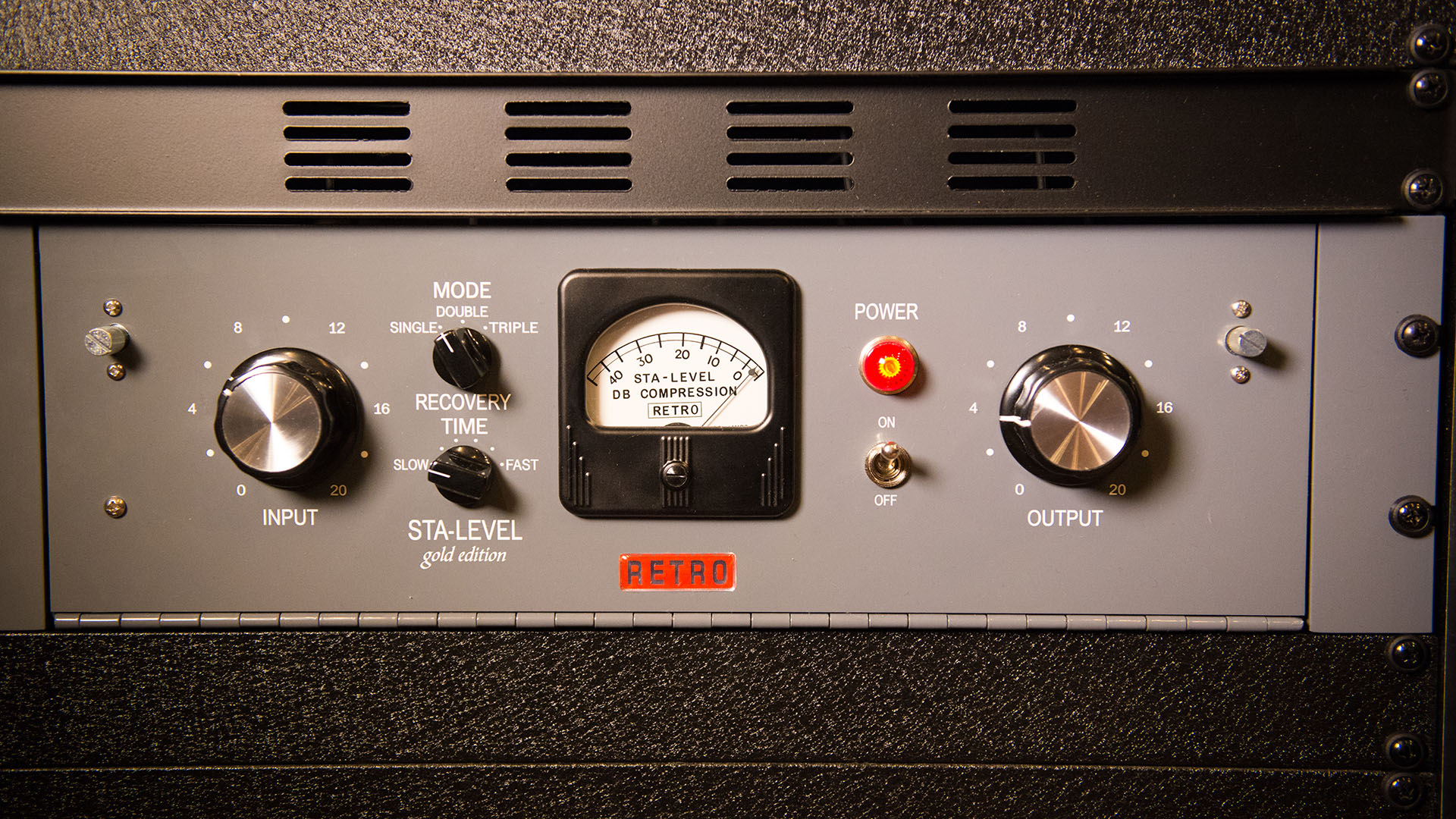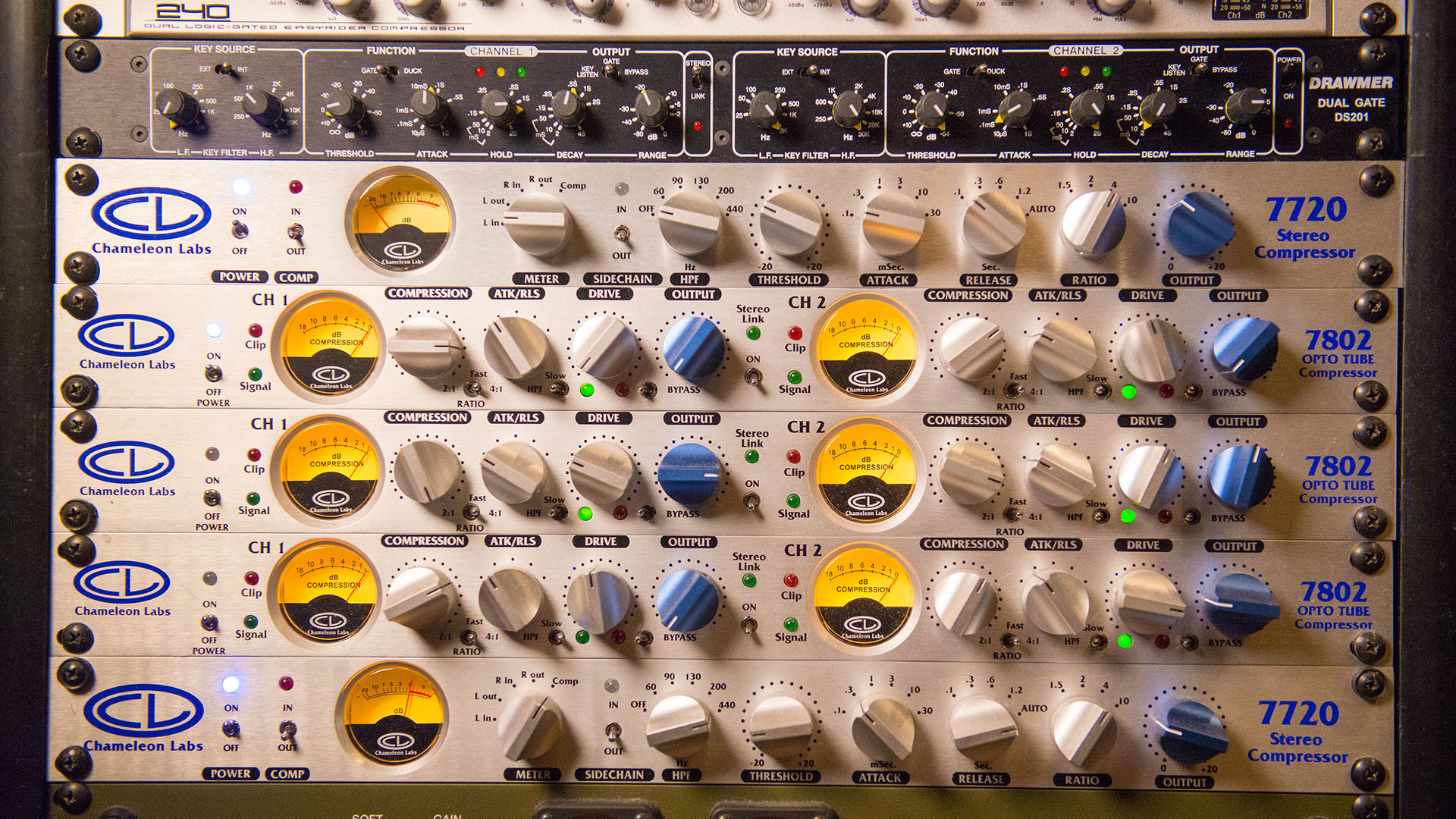This is a conversation I have been having since digital technology first made its appearance in the recording industry, or at least since I got started in the 90s.
What is better—digital or analog?
Each practitioner in the recording sciences will have to answer that for themselves, but my quick answer is, they both have their place!
Digital tech, of course, adds a lot of flexibility to collaborate with people all over the world. Plus, it has nondestructive editing, so if you do something dumb (and you will) it isn't the end of the world.
On the other hand, analog has the character and vibe-driven processing we all are looking for to glue our mixes and provide the unique tonal alchemy that the mad scientist that lurks in the heart of every audiophile wants to set loose!


Regardless of if you like digital or analog best, or like me you want the best of both worlds, one thing we all should be able to agree upon is the need for good gain structure and understanding signal to noise ratio.
Basically, you want a loud enough audio signal that you mask any system noise—the noise created by the very process of recording—while at the same time, not making the sound so loud that it becomes unintelligible. We call this clipping.
Here is the twist I promised:-)
To illustrate these comsepts, let's check out the wax cylinder.
The wax cylinder is tech from the 1890s.
While mechanical, it doesn't use electricity of any kind. It is totally powered by sound pressure level, or SPL.
The sound is focused through a horn—this is basically what the modern microphone does. That sound is pushed to a flexible diaphragm, much like the woofer you see in a standard pair of stereo speakers. The amount of SPL determines how much the diaphragm will vibrate or flex. The more the diaphragm vibrates, the louder the sound and the deeper the attached knife-like device will cut in to the wax. So, practically, what happens is if the sound is too soft, the knife cuts grooves in the wax that are too shallow and the sound is noisy as it is below the system noise floor. If the knife cuts too deeply, then the sound becomes distorted and clips. So, you need to be somewhere in the middle.
In this old wax cylinder tech, it is important to note that there is a recording machine and a playback machine. Basically, the processes are reversed, on the recording device, you are inducting sound and on the playback device you are projecting sound.
It really doesn't get any simpler than the wax cylinder to demonstrate analog and the basics of gain structure.
Here are some cool videos of me actually getting to record on a wax cylinder provided by the Thomas Edison Museum. This all took place at the 2019 AES High School Audio Educators Conference at the University of Hartford in Connecticut.
We expected it to take time to adjust the position of the horn for the recording, but we did one level check and then a take and everyone agreed the balance, considering this is tech for the 1890s, was perfect. The reason I was able to do this in one take is that I understand how to work a mic and gain structure. You will notice that from time to time I would lean back or turn my head to control how much SPL I was pushing through the horn.
I am excited to report that the good folks at the Edison Museum are gifting me with the actual wax cylinder—what a thrill! Below, checkout some cool info about the wax cylinder and, as they said in the 1890s, let the wax run! Okay they didn't say that, I did, but they should have said it and I would have had I been there:-)